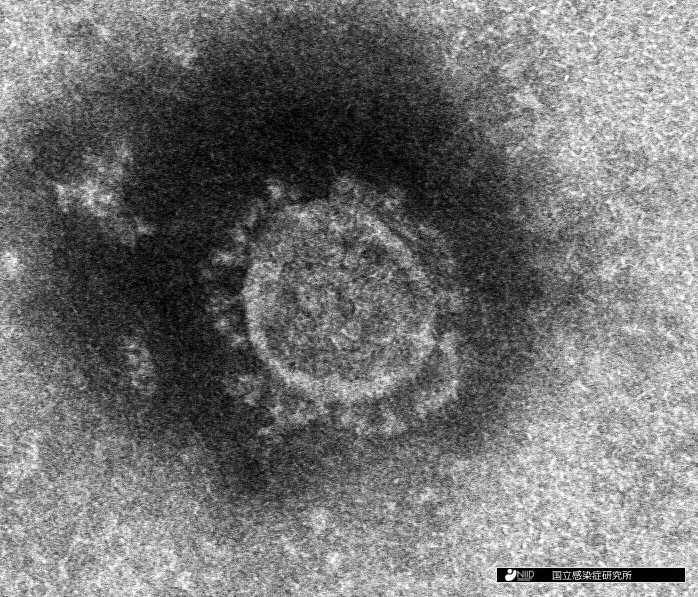Jpn. J. Infect. Dis., 65 (5), 433-435, 2012
To see a printable version of the article in the Adobe file format, click this [PDF] link.
Short Communication
Ceftriaxone Resistance and Genes Encoding Extended-Spectrum β-Lactamase among Non-Typhoidal Salmonella Species from a Tertiary Care Hospital in Kuala Lumpur, Malaysia
Rina Karunakaran*, Sun Tee Tay, Fairuz Fadzilah Rahim, Bee Bee Lim, I-Ching Sam, Maria Kahar-Bador, Hamimah Hassan, and Savithri Devi Puthucheary
Department of Medical Microbiology, Faculty of Medicine, University of Malaya, Kuala Lumpur, Malaysia
(Received February 17, 2012. Accepted June 14, 2012)
*Corresponding author: Mailing address: Department of Medical Microbiology, Faculty of Medicine, University of Malaya, Kuala Lumpur 50603, Malaysia. Tel: +60379676661, Fax: +60379676660, E-mail: This email address is being protected from spambots. You need JavaScript enabled to view it., This email address is being protected from spambots. You need JavaScript enabled to view it.
SUMMARY: The prevalence of ceftriaxone resistance and the associated genes encoding extended-spectrum β-lactamase (ESBL) was determined in 149 non-duplicate non-typhoidal Salmonella isolated in 2008–2009 from patients in a tertiary care hospital in Kuala Lumpur, Malaysia. The resistance rate to ceftriaxone was 2.7% (2/74) in 2008, 4.0% (3/75) in 2009, and 3.4% (5/149) overall. CTX-M ESBL genes were detected in 2 of the 5 ceftriaxone-resistant isolates. The prevalence of ceftriaxone resistance, although low, is a concern because it limits therapeutic options. Continued surveillance of ceftriaxone resistance is important to monitor its trends.
